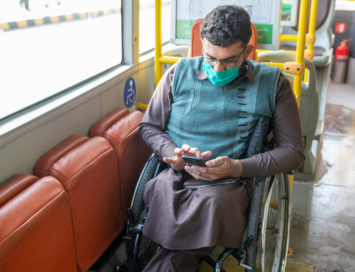Impact Analysis of Transoeste Bus Rapid Transit System in Rio de Janeiro
The Transoeste Bus Rapid Transit (BRT) line in Rio de Janeiro’s West Zone is not only an internationally recognized gold-standard BRT in and of itself, it is also the first of four major gold-standard BRT corridors to be built in the city. When all corridors are built, the city will have a network of more than 150 km of high-quality BRT lines to further complement its subway, commuter rail, bike-share and other alternative transport services. These investments are crucial for shifting Rio de Janeiro onto a more sustainable path, with cleaner air, healthier people, shorter travel times and improved access for lower travel cost.
The objective of this analytical report is to look at the achievements of Transoeste in its first nine months of operations to understand the impacts it is having on users and within the corridor; to inform the public on the impacts of this new system and inform the operators on ways of bolstering its performance as demand increases; and to further development of high-quality BRT corridors within Rio de Janeiro.
The overall results of the analysis are clear: Transoeste has drastically improved mobility, emissions and comfort within its corridor and presents a successful precedent to carry forward as BRT expands both within the corridor and across Rio. With these successes noted, Transoeste is not in the clear completely: Significant waiting times for passengers due to inefficient boarding procedures and bus frequencies 25 percent lower than planned must be addressed in order to maintain Transoeste’s beneficial impacts on travel time, comfort and its positive image as Rio de Janeiro’s new form of mobility. Such improvements will also be necessary to cope with the rapid growth of ridership experienced thus far and forecasted to continue over the next two years as the line extends to the new Jardim Oceânico subway line.



